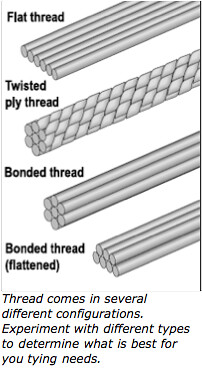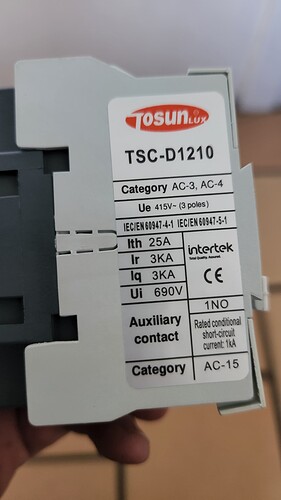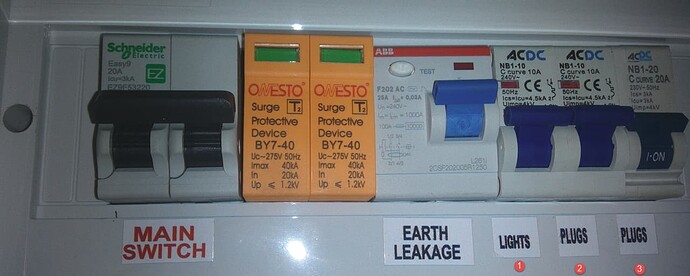Will a mother-in-law work?
No, even if your cousin touches your mother-in-law it will not form any sort of neutral bond ![]()
18 posts were split to a new topic: Auto Manufacturers (Debt and Bankruptcy)
This thread needs to be split.
what sort of thread are you talking about?

Just a quick follow-up question to this. Is the Amp rating on the contactor important? Does it need to match with the inverter capacity in some way?
Done ![]()
As long as there is overcurrent protection somewhere to prevent that contactor from welding itself, you’re good. It doesn’t have to match the capacity of everything else, as long as the weakest link is suitably protected, so to speak.
As an example, I have an inverter with a 50A transfer switch. But my cabling to the inverter is rated for only 32A, and I have breakers to protect that cabling up to 30A. So this is a direct example of me sizing something smaller than the inverter… because I don’t need the full 50A anyway.
More accurately - the contactor has to be able to carry the full fault current. So for a circuit without an RCD, that means it has to be the same rating as the breaker. In this instance, I am not sure, but I guess since it is the only bond when islanding, it has to be the same as the breaker?
Oh hang on, of course. We’re talking about the “bonding relay”. Indeed, it has to carry the fault current, which means two things. One, it has to be the same size or larger as the breaker feeding this circuit (the inverter input breaker in other words), because in a fault condition that’s how much current it will carry.
Secondly, it must be able to break the maximum fault current without bursting into flames ![]()
I would rate it the same as the breaker on the input side of the inverter, for the simple reason that in a fault condition (involving the inverter), it could be expected to carry current coming from the grid side.
In an off-grid setup, I’d rate it the same as the max short-circuit current of the inverter.
As long as the fault current is limited to 25A (which means the breakers on the input and output needs to be 25A or less), that is fine. I see an instantaneous rating of 3kA… which is usually enough for most houses. The largest short circuit reading/estimate I’ve seen on a single phase house was 930A.
The inverter output is on a 63A breaker.
So if the paw-paw hits the fan the contactor will pass up to 3kA causing the 63A breaker to trip? I see on the other forum the guys recommend a 10A relay, bit this seems a bit too light to me?
Maybe this helps, or maybe others.
For the more engineering/factual types, this is not scientifically calculated, I just took the breakers closest to the inverter max, to protect the users against themselves i.e. DB trips before inverter overloads.
If the inverter trips, then they would have been in danger. ![]()
Have had a dryer connected to breaker 2’s circuits … breaker tripped, as planned.
- All inside and outside lights in the main house.
- Selected plugs in the main house.
- Flat on top, has its own DB, but that is the limit for Critical Loads DB for the entire house.
OK, some explaining is needed here. In any installation, there is a maximum short circuit current. This is usually an order or so higher than the maximum rating of your cabling and your breakers, and of course your breakers are going to do their job and trip. However, for a split second, before it trips, that entire short circuit current is going to flow, and it is going to make some parts very very hot.
If those parts burst into flames before it trips, then you have a very bad situation. That is what your instantaneous rating is about. If your installation has a short circuit current of over 3000 ampere, then during a fault condition some stuff starts to blow up before the breaker can trip. So that is what the “kA rating” is about. It has to be more than the maximum short circuit current in your installation. You need a sparky with the right equipment to measure that for you, and they do it without actually making a short circuit. The tool essentially estimates the short circuit current by doing an impedance test.
But… what you can do is look at the rating of the other breakers already in the system, which should in theory have passed an inspection at some point. And just don’t go lower than that.
But before we continue then. You sure the transfer switch in that inverter can do 63A? Just check that again. And then we probably need to ask a sparky. I know that if that contactor has the same rating as the input and output breakers, then you are definitely fine. What I don’t know is the finer points of how much smaller you can go. I know the earth wire may not be more than some percentage smaller than the current carrying wires, and possibly the same would apply here, whatever that percentage is.
If it is the 8kW Sunsynk, it can do 90A (resistive).
What inverter are you using and diameter of the ac wiring please. It’s not common practice or recommended to have 63amp breaker on the majority domestic inverters. You breaker must also protect the wires, so in your case the output wires should be at least 16mm square
Deye 8kW inverter with 16mm2 cabling
South Africa follows the IEC standards these days. IEC 60364 says earth wire same size as the supply wires (therefore also the contactor) up to 16mm^2. Then between 16 and 35, the earth conductor must be 16mm^2, and if the supply is above 35mm^2, then earth is half the size of the supply.
So in your case, the 16mm^2 supply wires means a 16mm^2 earth, which means a 63A contactor. At least, that is how I read it. If someone more knowledgeable can tell me otherwise, I will gladly listen.
Thanks so much for this. My question relates specifically to the E/N bonding point. Is the bonding point/connection now considered the earth connection? There is obviously the actual earthing which is separate to this joint.

